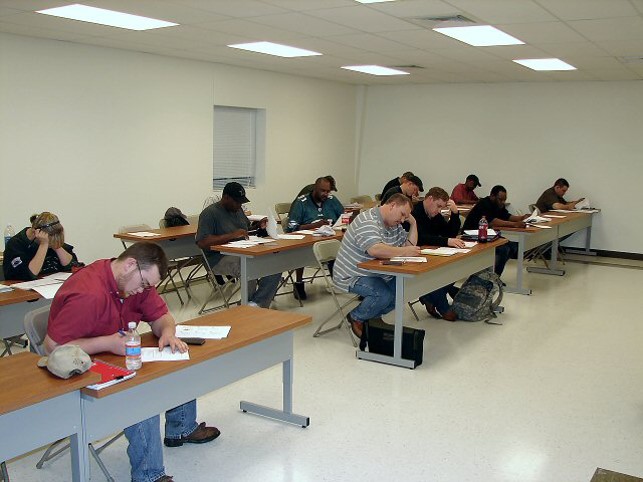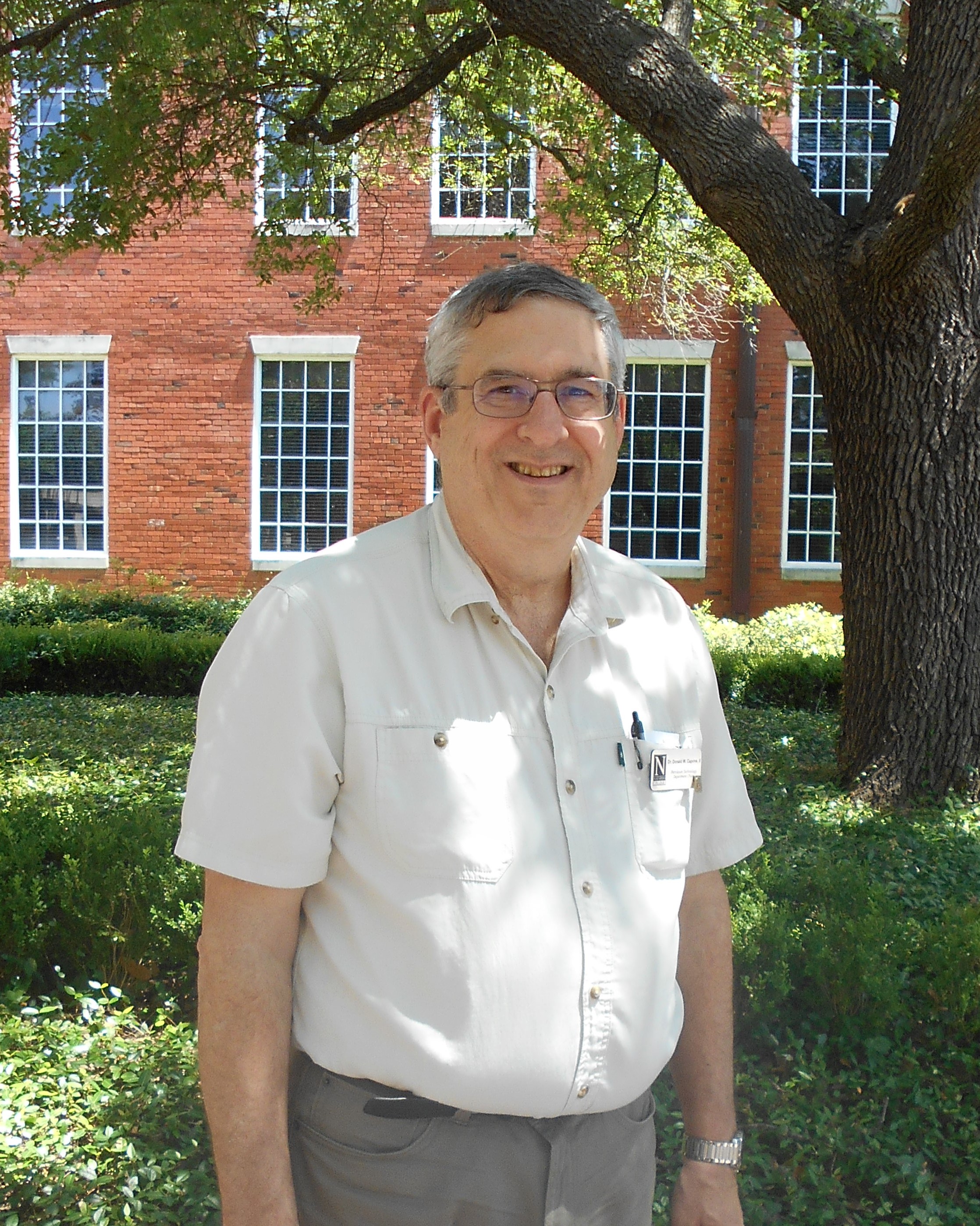More than ever, the success, and the future, of the Permian Basin depends on the region’s ability to hire the right people and in the necessary quantities. Being attractive enough to potential workers beyond New Mexico and Texas can mean less competition within the region for its limited pool of qualified workers, and thereby can reduce poaching and make every business more efficient and productive. Moreover, success here helps the nation and even the world.
Editor’s Note: In our Part 1, we focused more on the challenges and problems. You can read Part 1 here. In this installment, we focus more on solutions.
The act of solving a problem begins with the act of defining the problem. If, as so many say, the biggest problem, or challenge, faced by the Permian Basin is its shortage of qualified employees, then understanding why there is a shortage is the first step toward meeting the need.
The most obvious answer, of course, is that the region itself, as a region, simply lacks sufficient manpower to fill all the open jobs. Observers can point to the drastically low unemployment figures (2.8 percent in Odessa, for instance, and 2.1 percent in Midland) and say that that statistic holds the answers. It’s the idea that almost everyone who can be in the workforce is in the workforce. It’s the idea that there aren’t any more local bodies to go around. But that consideration is not sufficient to explain why so many young people who could stay in the Basin decide instead to move elsewhere to work. And that consideration does not explain why there are young people graduating high school who might otherwise get training and get work in the Basin, but choose not to.
So more definition is needed, whether the problem is concerned. And Wayne Christian, one of Texas’ three Railroad Commissioners (regulators of the state’s oil and gas industry), is someone who has been working at defining that problem.
There Are Stigmas to Overcome
Christian, who heads the Energy Education and Workforce Development Initiative for the state of Texas, confirmed that the biggest hindrance that employers in the oilfield are encountering, as they try to take advantage of the potential boom in oil and gas, is a lack of labor at all levels. “From truck drivers right on up to petroleum engineers and every level between and above,” Christian said.
And as he sees it, perception is a large part of the problem.
“It’s because our public schools, and our teachers, as well as our higher educators, have dumped all this anti-oil [sentiment] upon our students,” Christian said, adding that millennials are the generation that has been most swayed by that thinking. “And students are coming out of school now—both from high school and from colleges—having been told it’s an insult to consider technical training.”
Christian said that such is the case “even though current polls show that more than 80 percent of public high school graduates do not attend college. So only about 20 percent of our students even go to college. and not all of those graduate. Now, our teachers, most of them, do a great job in schools, but the students are not adequately trained for the employment opportunities in our society. That’s a problem we face.”
There is an idea out there that technical training is somehow an unworthy pursuit for a high school graduate, Christian said.
“Too often it’s an ‘insult’ to parents whenever a high school or junior high advisor says, ‘Has your child considered this training?’” Christian said. “So we get a false narrative. Our task force is looking at a potential pilot program to address this issue. There’s a college out where I live, a community college, that has developed a petroleum school. This small college in deep East Texas—it’s Shelby College Center, out of Panola College—has graduated about 3,700 young people over the last ten years from this petroleum school in Center, Texas.”
The school has a 92 percent petroleum employment success rate, Christian said. The other eight percent are graduates who don’t wish to leave their local area to obtain oilfield work.
“So these kids are getting starting salaries of about $60,000 and within a year they’re making more than $100,000 wherever they go—mostly in West Texas,” he said.
Wayne Christian
What Shelby College Center has effectively become is a pipeline that trains oil and gas job candidates and delivers them to the oil patch—mainly to the Permian Basin. In that sense, Shelby bears similarities to another East Texas institution, Navarro College, that also has effectively become a pipeline to the patch. (See related item for coverage of Navarro.)
This, then, is the task force’s “pilot program.” It’s the prospect of building upon this process and delivering more out-of-the-Basin job candidates to gainful employment in the Basin.
Rural East Texas has a large population of youth with good work ethics, and giving them a way to expand their horizons beyond just the local, rural work prospects is proving to be a win-win proposition.
“With these kids, their opportunities in that particular rural area right now are basically chickens and trees—we have timber and we have poultry,” Christian said. “For them to get this option is for them a great opportunity.”
There’s another level to it, and it’s an angle for overcoming the stigma of “just a technical program education.”
Christian explains. “One of the problems we [formerly] had with this school was that once the graduates get employed in the oil and gas business, they couldn’t advance to the executive ranks of their oil companies, because they only had a two-year diploma. But what has happened is that a four-year university has buddied up with [Shelby College Center] and is offering a degree plan that applies 100 percent of the credit hours earned at the technical school. Those hours are applied to the four-year program, and the students can complete their additional two years online, [even]while working in the oilfield. Now, this accomplishes two things. It overcomes the limitations of the two-year program, giving graduates a chance to advance into executive ranks in the companies that employ them. And it also overcomes that objection that parents made when they felt ‘insulted’ that their kids were being pointed to ‘technical training.’” Now, oilfield ‘technical training’ can lead to bigger things.
“So we’re looking at this program as potentially a pilot program, as an example to suggest for use across the state.
Better Than “Wrench Turning” Classes
Dr. Donald Capone, department chair for petroleum technology at Corsicana-based Navarro College, is well aware of the kinds of challenges that administrators like Wayne Christian have seen.
Don Capone
He has seen other things as well. One reservation that he hears expressed by employers at oil companies is that worry that schools such as Navarro might possibly “overtrain” their students. Why would an oil business worry about a student getting “overtrained”? They might if the employer is footing some of the bill for the education, or somehow subsidizing the process. In a case like that, the employer might prefer that a student just get enough education to be able to pull the levers they need to pull, and then get shipped back out into the working world.
If that’s what employers are after, Capone is not buying the logic.
“I’ve been ‘cautioned’ on this score by field managers from production companies, during initial conversations,” Capone said. “This can be a problem with programs that try to teach what I call ‘wrench turning.’ No two companies have the same mix of equipment, instrumentation, controls, or procedures. Wrench turning doesn’t typically give the student a sufficient level of understanding. If the student doesn’t find the exact equipment they trained upon [when the student arrives at the work site], the student is ill prepared. It’s hard to work with a different equipment mix than they were exposed to in school. But by emphasizing the fundamentals [at school] and using basic engineering and physics concepts, we provide the student an opportunity to rapidly comprehend whatever particular suite of production equipment they encounter during their on-the-job training as new hires. This gets them through new-hire orientation with the company more rapidly.”
Since its establishment in 2008, the petroleum department at Navarro has placed more than 250 graduates into positions in the oil and gas industry.
Finding a Sweet Spot
NES Global Talent, which in April opened an office in the Midland/Odessa area, is a specialist oilfield recruitment business that has a presence around the globe. James Bradley, based in NES Talent’s Houston Office, is the corporation’s director of U.S. onshore business. He spoke to PB Oil and Gas Magazine about the corporation’s entry into the Basin and the challenges of connecting employers with workers.
Asked what he felt NES’ “sweet spot” was, Bradley suggested it was skilled professionals.
“Skilled, yes. Drilling and completions,” Bradley said. “We’re not a company that does much at the level of the blue-collar trades. Our technical expertise and our recruiting expertise has been to find technically skilled individuals with proven track records of delivering for our clients. Companies that require the lower-level operating trades, they get a lot of their talent from career fairs and localized job fairs. So [for us] it’s the drilling consultants, the completions consultants, the workover consultants, and your construction engineers, construction managers, facilities engineers, pipeline engineers. It’s really the technical manpower rather than the trade side where we have the most volume.”
Nor does NES focus much on the executive level, or the C-Suite level.
James Bradley
“We do do a little bit of C-Suite, but our goal is the technical/engineering,” Bradley said.
As for C-Suite recruitment, firms like MCF Associates (see related item) answer the call there.
Bradley covered the rest of the waterfront with a concluding remark:
“The lower-end roles are very challenging and often you need more workers in lower-paying roles than in higher-paying roles when you’re talking about oil and gas operations,” he said. “You’re competing not just with other businesses in the oilfield, but with the retail sector and other sectors that could employ similar skillsets. So people are waitressing or working at gas stations or in retail occupations, and these skillsets are all basic transferable skillsets [that can be utilized in either field—in retail/restaurant or in the oilfield].”
So the contest there is fairly straightforward and wide open.
But it’s not the same challenge that oil and gas employers have when it comes to getting skilled labor or professional level careerists.
And before anyone worries too much about how fierce the competition is for entry-level-skill people from among the ranks of waitresses or store clerks, just reflect on what those stores and restaurants in oil country are always saying. That their help has left them for the oilfield.
So that is perhaps one contest where the oilfield has a home field advantage.















